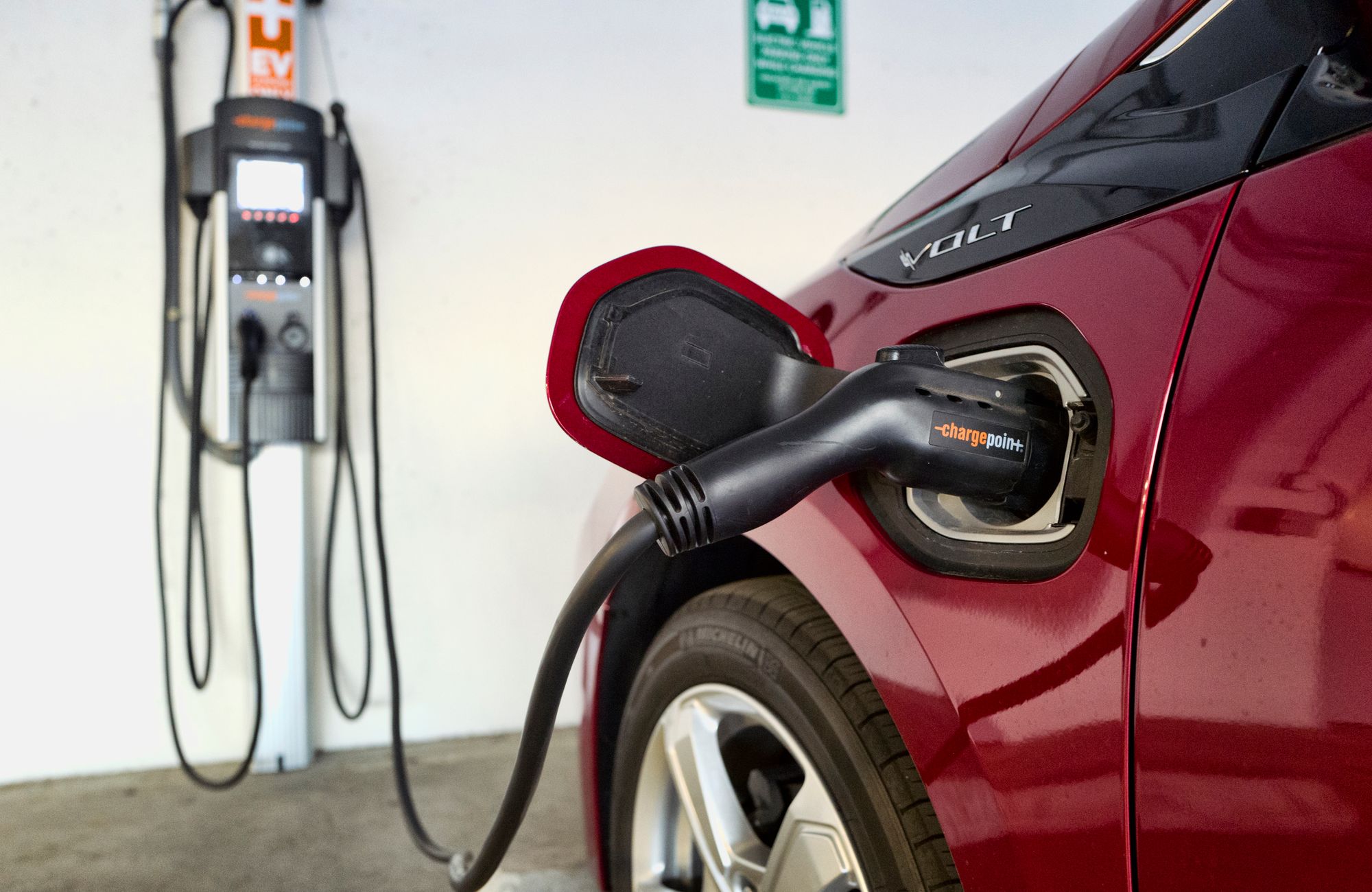Are Home EV Chargers Safe?
When deciding to purchase a home electric vehicle (EV) charging station, several questions may come up, and safety should be at the top of the list. Yes, home chargers are safe to install and use to charge your car.

When deciding to purchase a home electric vehicle (EV) charging station, several questions may come up, and safety should be at the top of the list. Yes, home chargers are safe to install and use to charge your car.
The manufacturers of electric vehicle supply equipment (EVSE) invest heavily in third-party safety testing and provide electric vehicle charging safety guidelines in order to offer safe, home charging solutions you can rely on.
If you’re seeking a safer charging option than using a standard domestic socket, then using a reinforced CEE17-type socket is just that. These heavy-duty outlets are designed to deliver 3.2 kW at 14 A for several hours at a time, daily. However, it is essential to note that you must first fit your outlet with a suitable circuit breaker.
While installing a reinforced outlet is cheaper than purchasing a charging station, it still may not be the most sustainable investment in the long term. Charging with a reinforced socket takes a long time, only slightly less time than on a standard outlet, so if you need to drive often, this could potentially pose some issues.
Though home EV chargers are considered very safe, there are some basic criteria to follow in order to minimize safety risks. When charging an EV at home you should use the following guidelines for electric vehicle charging safety:
- Have a dedicated circuit for charging your EV.
- Follow your EV manufacturer’s guidelines for charging.
- Purchase and use an EV charging solution that’s been tested by an accredited third-party company (such as UL).
- Maintain the components of your charging station in accordance with manufacturer guidelines.
- Do not use an EV charger with obvious signs of damage.
When you charge an EV
- Follow the manufacturer's guidelines when charging your vehicle. Check with your local dealer if you need additional information.
- Purchase a charging device that is certified by a nationally recognized testing laboratory.
- Plug Level 1 EV chargers directly into an outlet designed to handle the amperage of the charging device. Never use a multiplug adapter or extension cord.
- Install a residual current device with the charging unit. It will turn off the power if a fault is detected and help prevent a fire.
- Place all charging device components out of reach of children when not in use.
- Maintain the components of your charging station according to the manufacturer’s maintenance guidelines. Signs of excessive wear may indicate a potential shock hazard. Never use an EV charger with obvious signs of damage.
- Cover the EV charging station outlet to stop water from entering. Check the manufacturer's guidelines to make sure it is safe to charge your EV in wet conditions.
Source:
i) U.S Fire Administration (2021) Electric Vehicle Home Charging: Tips for Your Community.




